We’re expecting to cross the Rs 500-cr mark this year: Nisha Narayanan
Having debuted on Mumbai’s air-waves on June 22, 2016, Redtro 106.Chaar has drawn up an interesting programming line-up to keep its listeners engaged and say Phir Bajao.
Redtro 106.Chaar combines a generous helping of super-hit retro music from the 90s era, along with a dollop of engaging and clutter-breaking content and programming with a dash of ingenious and unimaginably quirky on-air talent. With this perfect recipe for contemporary retro music, Redtro 106.Chaar appeals to the mature yet young at heart listeners who are looking for an easy escape from the daily mundane life.
The FM station has signed on Cyrus Broacha as an RJ for ‘Cyrusnaama’, a show that combines the spirit of the 90s and the flavour of today.
Launched as the first radio station under the newly acquired Phase III licenses by the company, Redtro is an ode to the golden days of the poster boys of 90s packed with today’s energy and modern irreverent attitude.
In conversation with AdGully, Nisha Narayanan, COO, Red FM & Redtro FM, speaks at length about the brand philosophy, programming strategy, the overall radio industry in India today and more. Excerpts:
What is the philosophy behind the name Redtro for the FM channel?
The name of the channel Redtro comes after much consumer insights and research into the retro category and within the retro category we have created the niche of the 90s and we are clearly focussing on the 90s, which we believe is a need gap. We are trying to address the issue and it is part of the Red FM bouquet. So Redtro, by virtue of the name itself, is also in a way capturing the space of retro. We will say we are Redtro 106.chaar, and by calling it so we are somewhere claiming and capturing the category itself. That’s the philosophy that has gone behind the name.
We believe it is ‘Aaj ke zamaane ka Retro’, so therefore, it is the 90’s music. The tagline – ‘Phir Bajao’ – is an extension of the ‘Bajate Raho’ philosophy. ‘Phir Bajao’ has two meanings to it; one is ‘Phir se bajao’ – “Let’s play the music again”, something that we grew up with, and at the same time ‘Phir thoda bajao’. So the ‘Bajate Raho’ philosophy has been ingrained into that, but in a passive-aggressive form; so, while ‘Bajate Raho’ is very on the face and aggressive, but this is to a slightly more mature audience – our TG is about 30-45 years. For that we are looking at a passive-aggressive attitude to the brand.
The ‘Bajate Raho’ tagline has extended itself to various forms. With the new tagline, can you think of certain ways where it can be integrated going forward?
We have a certain vision in terms of how to take it forward, which you will see over the months and years to come. Right now it is about music, hence ‘Phir Bajao’, but we are also not ruling out comedy – so ‘Bajao’. ‘Bajana’ is there in the blood, it is there within the group, so not having humour is not acceptable, and even radio as a medium needs that humour. So the humour will be there and it will be aggressive, it will have a lot of tongue-in-cheek naughtiness, irreverence – all of that will be there, plus music.
Any specific brands or clients that have come on board, specifically keeping the channel in mind?
As a radio station, we are clearly focussing on the brand and not really looking at associating with anybody as of now. Yes, we’ve have been approached by quite a few clients, but I am a true believer of the fact that it is important to launch the brand first, create an impact and then move forward so this is completely brand focussed.
But do you have a vision in terms of brands getting integrated with Redtro in various ways, like you have already created with Red FM?
That is something we have to do anyway. As radio, we will have to innovate, we will have to give a lot more of RoI to the clients who are advertising with us because today I don’t think it is only FCT. So we are expecting a lot more and that is something we will definitely do, but I am saying as Redtro and as a launch campaign we are definitely looking at it.
Did you have an external agency for conducting the research?
We have multiple external agencies and we did it quite a few times because for us getting into the 90’s music and having a very formatted radio station of only 90’s music and claiming it to be ‘Aaj ke zamaane ka radio station’ is a very challenging thing and it is a very differentiated product also. Because when you say retro, people think Kishore Kumar, Mohammad Rafi and that is what they would expect, but when they tune in they hear different songs. So to create the differentiated product I would not have had the comfort of launching it without enough research support and multiple researches.
What was the duration of these researches?
We must have taken about six months to work on the product.
What about the tagline, was it developed in-house or was there any external agency involved?
Yes, we do have an agency with whom we did work, but because it is the Red FM philosophy which is also extended to Redtro, there’s a lot of in-house contribution that has come up from the team.
Will some the team that works on Red FM also be a part of Redtro?
Some of them, yes, not all of them. From an on-air point of view we have Pritam, who has shifted to Redtro and is now doing a show in the afternoon. Similarly, a couple of them have been moved from Red FM to Redtro, otherwise there is a new team that is working on it.
In terms of brand integration, what is thought in mind going forward? Is there a face to Redtro other than Pritam?
Our morning RJ is Saurav, he comes with a lot of versatility and a huge amount of radio experience as well, followed by Pritam. Then we have Palak, she is another RJ; Sudarshan is doing our Prime Time show in the evening and we’ve got Richa, who does the night show, so that’s the RJ line up. We also have Cyrus Broacha who we have signed on, he will also be the face of the channel.
What are your new plans as part of Phase III FM expansion and also for your existing radio stations?
Now, Batch 2 of Phase III is coming in, so we are still discussing, because now the markets which are available for auctions are the Tier 2 and Tier 3 towns. So to make it relevant for business and for expansion there has to some of the policies which need to be streamlined a bit. So as an industry body we are meeting the Minister and see how it goes.
From a business standpoint, what kind of expectations do you have for Redtro?
Redtro, because it is a mass radio station and because it is covering the need gap which we clearly see within the radio space, we do find the business growing. We’ve had a huge positive response from both clients and agencies alike, they’ve been extremely supportive. So, we see the business growing.
Overall, what has the growth been like for the group as a whole?
Last year, we were about a Rs 400 crore company in revenue terms, and we should look at crossing the Rs 500-crore mark this year.
What are the key industry trends that you are currently seeing in the radio space?
A lot of newer categories are coming into radio, which is very encouraging. Another trend that I see within the industry is something that Red FM has been doing for some time – which is not just look at FCT selling, we need to look at other revenue streams stake. So, once you create a brand which is extremely popular, then we need to look at other revenue streams. So in Red FM’s case, we are doing concerts and events. There’s a limit to how far you can actually go as far as FCT is concerned and inventory is concerned, so that’s what we are doing. And that has to contribute to at least 20 per cent of overall revenue.
Radio per se lends itself to a lot of extension. More and more brands are seeing radio as an integral medium when it comes to events and brand integrations, among others. Which category of clients are using radio more extensively?
E-commerce, telecom, real estate, education, even the government (election business) are utilising radio in a big way. We have seen them investing every year, their spends on it the industry every year has grown with innovation. They have become more powerful and they believe in this system; so, it’s no more concept selling, it’s no more where we are going and telling people this is how effective radio is. I think the belief system in the medium has grown not just in the Metros, but even in the smaller towns. I have seen these categories grow. Even the organised retail sector has started utilising radio now.
For Redtro, what are the things that you have in mind as far as Mumbai specifically is concerned?
Redtro is going to reflect Mumbai. It is the spirit of Mumbai, it is a local radio station and it is the station for expression. Redtro does not mean that we are going to be nostalgic in nature. We are going to be relevant, fun, humourous, irreverent and we will be aggressive but passively, because we are catering to the slightly older audience. So we can’t jump like a teenager and be on the face. We will talk about everything that is relevant to our listeners. Just because a listener is listening to ‘Aaj ke Zamaane ka Retro’ does not mean that he wants nostalgia, he will want to know what is happening in the city, in the games, in the cricket scenario, what are the fun things that he can do.
On the marketing plans, how have you gone about covering the whole market?
We have just launched, so released the campaign last week. These last few days we have been testing the station and not really reached out to the consumer. It’s a 360-degree marketing plan and we are going to look at all touchpoints. We are definitely taking on all media and not just outdoor and transit media and we will see a very aggressive marketing plan at a consistent level.
How do brands and advertisers look at radio as an advertising medium in today’s scenario? Is it still considered a reminder medium?
Most of the corporate clients, I would still think to a larger extent still look at radio as a reminder media. But what is encouraging is that now a lot FMCG clients are actually looking at radio to front their campaign. So they are using radio as their main media and they are also regionalising it and localising it. So that’s a trend that we have seen, which is very encouraging. I think at a corporate revenue level, yes, there is this mindset that radio is still a reminder medium, but I that changing. Especially, as I said, when you have FMCG clients and big clients fronting radio as their main campaign and the rest of it are the support medium, I think it is very encouraging. So as an industry we just need to do that successfully so that the new system grows at that speed.
Recently, the I&B Ministry has allowed FDI up to 49 per cent in FM radio. So what could be the implications of the same and is it enough for the radio players at this point in time?
Given these regulatory issues, the 15 per cent gap, royalty issues, etc., it is very difficult for smaller players to really survive. Larger companies, economies have scale of work. So wherever we are not making profits, bigger stations can cover it up. So, given that I think the FDI should go up further. I think it will only have more players coming into the market.
There have been quite a few niche stations so far, Meow was one of them. What do you think have been the reasons for them not being successful? What is needed for such niche stations to survive?
With such huge licence fees that we pay and then when we get into niche, we need a lot of advertising because this medium works on advertising. So, if you don’t get that kind of support it is a little difficult. A lot of niche channels that have come in, unfortunately have not seen the light of day and they had to shut down or change their product, the reason being lack of enough support from the industry. So that is something I think we need to encourage more and then we can see more variety coming in. So, right now I think slowly – not by choice but by force – there is a little bit of variety that is coming in. So there is CHR music, there is retro music. Now within retro there is 60’s, 70’s, 80’s, 90’s music. Contemporary music, which comprises all the new FM channels, form one set. The other set is the English genre. The Third set is the retro Hindi genre. And within the Hindi retro genre we are trying to differentiate by playing more 90’s music. As I mentioned earlier, when we hear about a new retro channel, we would probably look at a Kishore Kumar or Mohammad Rafi. When you don’t hear it then you are challenging the listener to think differently and say that this is a new thing. Redtro is not a niche channel. We are a mass channel. But, as I said, for newer formats to come in, newer experiments to come in – the problem is most of these licences have gone with very huge licence fees during the auctions – survival is critical, breaking even is very critical because we are here to do a business. So, advertising support becomes very critical.


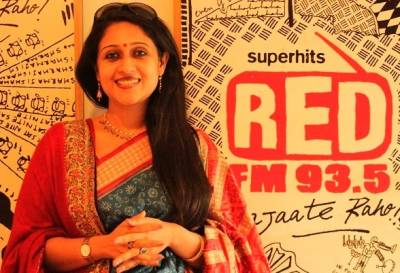
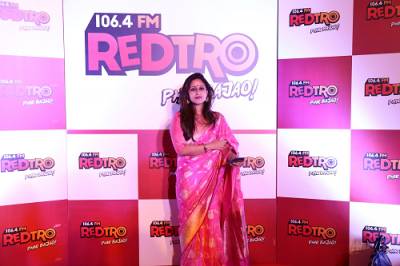
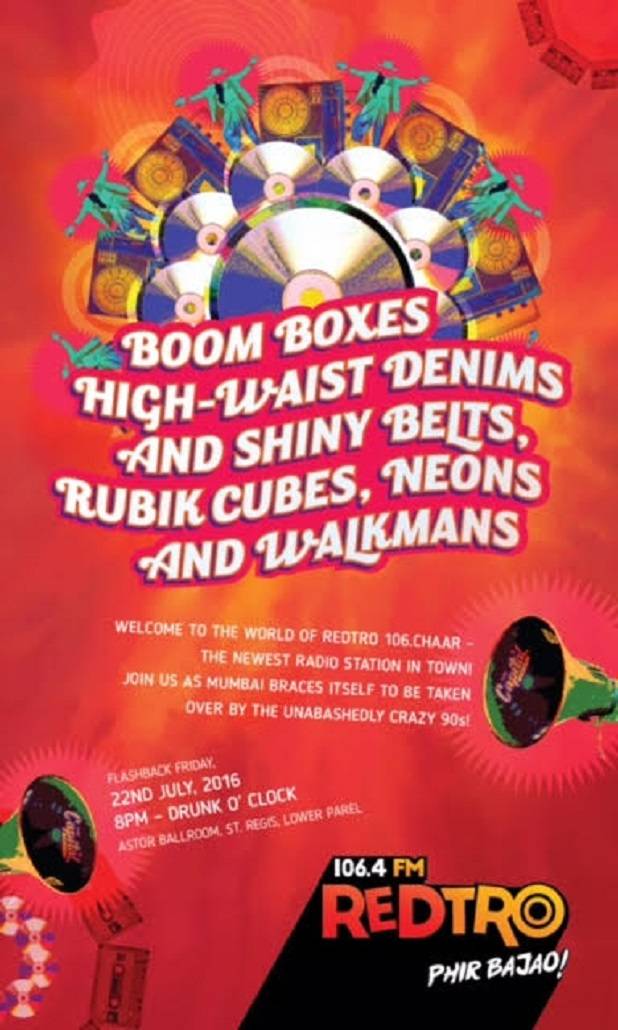
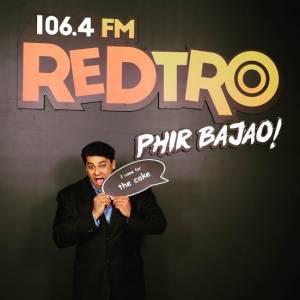

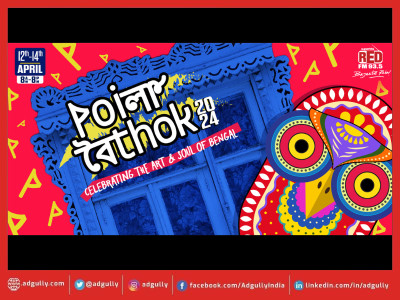
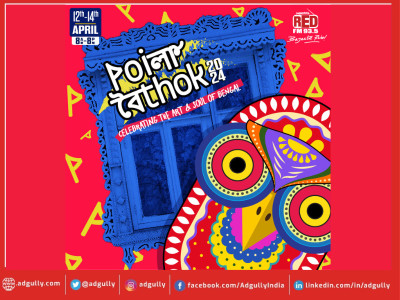

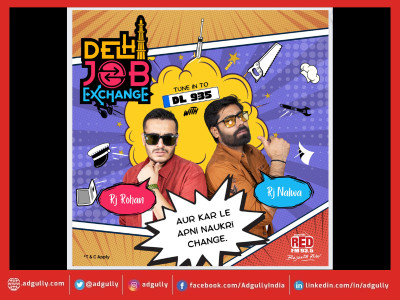
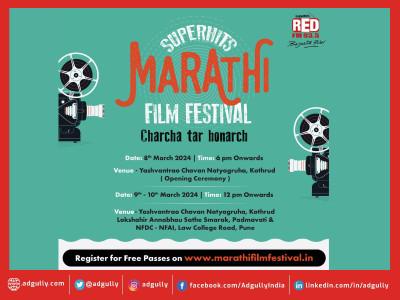
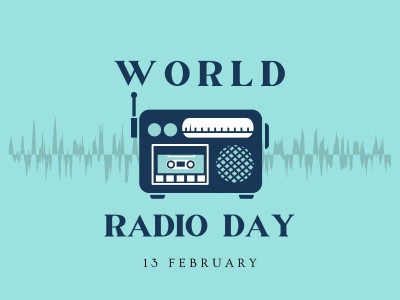
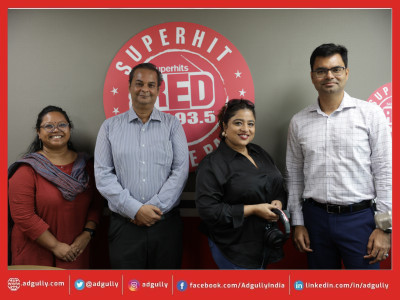


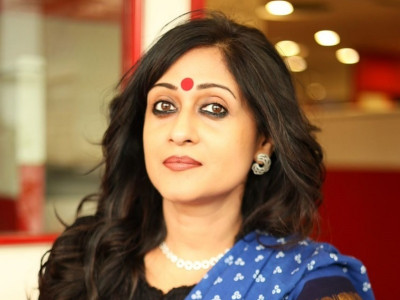
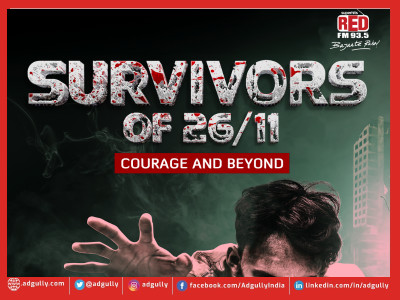
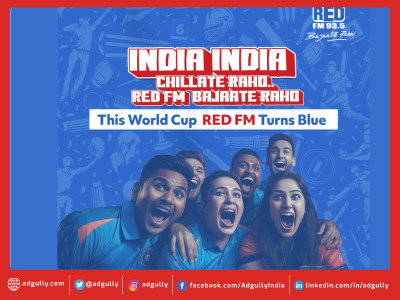

Share
Facebook
YouTube
Tweet
Twitter
LinkedIn